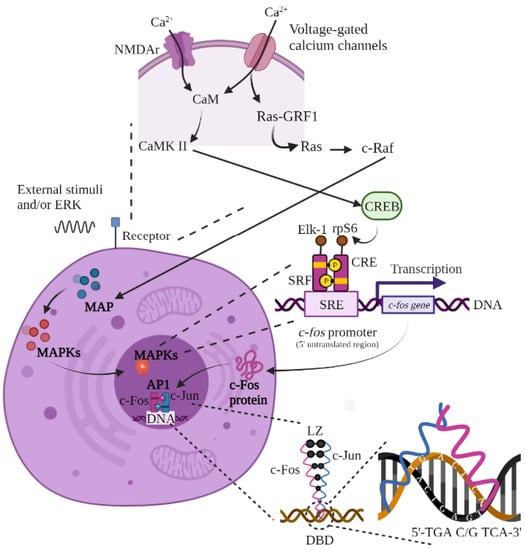NeuroSci Journal Club: Highlights on Recent Papers
A topical collection in NeuroSci (ISSN 2673-4087).
Viewed by 1895Editors
Interests: Alzheimer disease; Parkinson disease; early diagnosis; cerebrospinal fluid biomarkers; alpha synuclein
Special Issues, Collections and Topics in MDPI journals
Interests: Alzheimer disease; Parkinson disease
Special Issues, Collections and Topics in MDPI journals
Topical Collection Information
Dear Colleagues,
The number of papers concerned with neurology and neuroscience published in recent years has exploded. A simple search for ‘neuron’ in WOS on October 2022 yielded 417883 results, over 60% of which were published in the last 10 years. Every researcher in this field knows that there are opportunities to learn and discover new ideas, new concepts, or new tools from studies made in models beyond lab or clinical ones.
Scholars are invited to publish here their research highlights. With this Topical Collection, we aim to collect a selection of the most interesting papers published recently in the neuroscience field. We hope to encourage your curiosity and urge you to read full papers outside of your research area that you may not have read otherwise.
Prof. Dr. Lucilla Parnetti
Dr. Federico Paolini Paoletti
Collection Editors
Manuscript Submission Information
Manuscripts should be submitted online at www.mdpi.com by registering and logging in to this website. Once you are registered, click here to go to the submission form. Manuscripts can be submitted until the deadline. All submissions that pass pre-check are peer-reviewed. Accepted papers will be published continuously in the journal (as soon as accepted) and will be listed together on the collection website. Research articles, review articles as well as short communications are invited. For planned papers, a title and short abstract (about 100 words) can be sent to the Editorial Office for announcement on this website.
Submitted manuscripts should not have been published previously, nor be under consideration for publication elsewhere (except conference proceedings papers). All manuscripts are thoroughly refereed through a single-blind peer-review process. A guide for authors and other relevant information for submission of manuscripts is available on the Instructions for Authors page. NeuroSci is an international peer-reviewed open access quarterly journal published by MDPI.
Please visit the Instructions for Authors page before submitting a manuscript. The Article Processing Charge (APC) for publication in this open access journal is 1000 CHF (Swiss Francs). Submitted papers should be well formatted and use good English. Authors may use MDPI's English editing service prior to publication or during author revisions.






